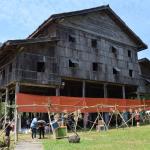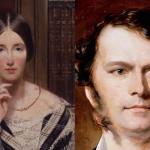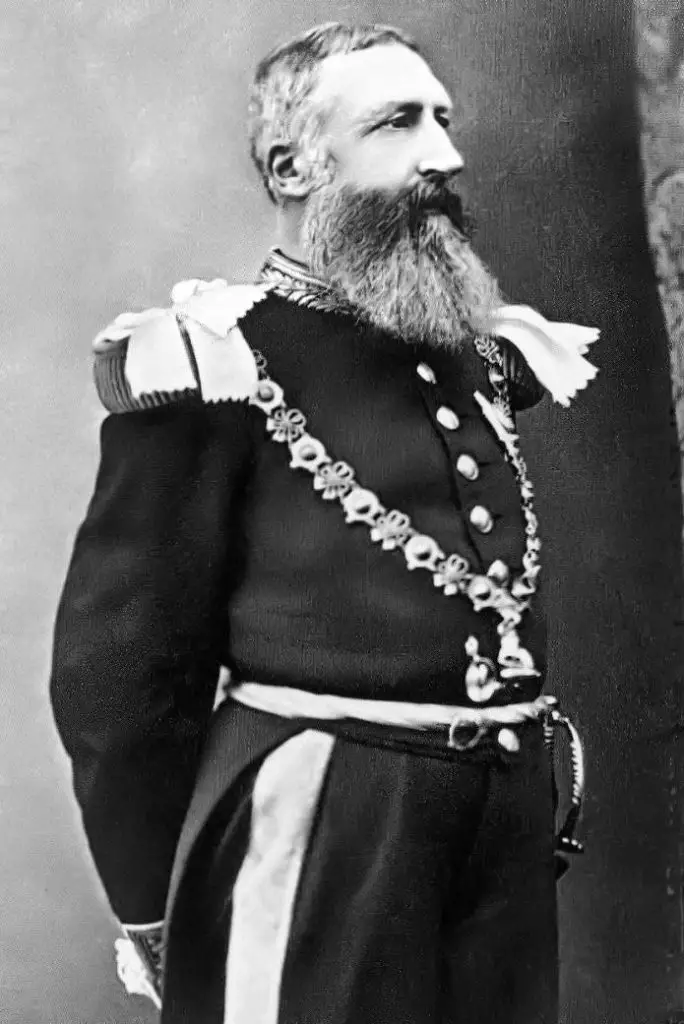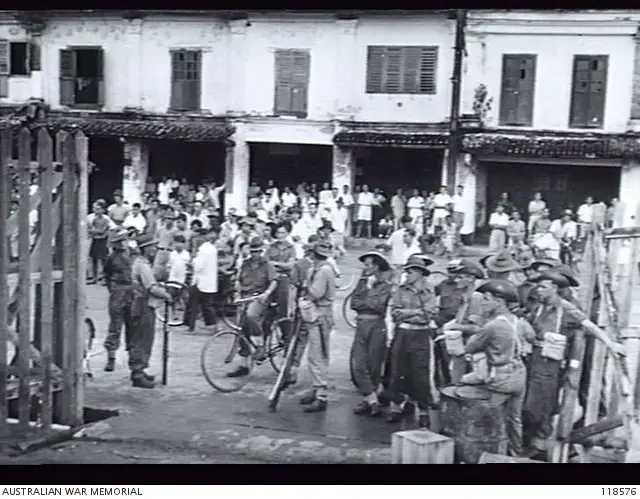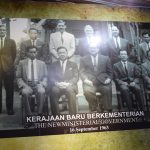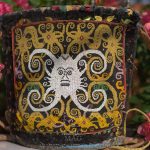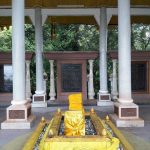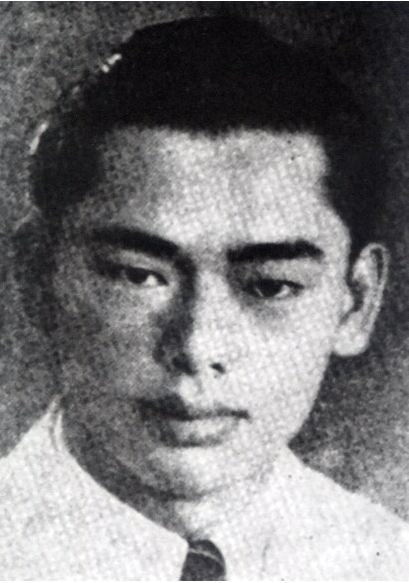Baroness Angela Burdett-Coutts might be an unfamiliar name today, but about a hundred years ago she was the “richest heiress in England”.
King Edward VII even reportedly described her as “the most remarkable woman in the kingdom”, only second to his mother, Queen Victoria.
Born on April 21, 1814, Burdett-Coutts became one of the wealthiest women in England in 1837 when she inherited her grandfather’s fortune of around £1.8 million (approximately £196 mln in 2018).
Burdett-Coutts was in love with James Brooke

Many historians believe Burdett-Coutts was in love with the first White Rajah of Sarawak.
When James Brooke first established the Kingdom of Sarawak, he needed money to develop it. He considered many options, including selling the country to Belgium.
At the same time, Brooke also wanted his kingdom to be protected. Even when he was in England, the White Rajah constantly worked on making connections with powerful people in the country.
His networking efforts landed him in a levee at the palace as a guest of Queen Victoria.
According to writer Robert Payne in The White Rajahs of Sarawak, this was when Brooke caught the attention of Burdett-Coutts. He wrote:
“Born to great wealth, she was determined to use her money as a weapon to advance her humanitarian ideas, and when the Rajah spoke to her about the Dyaks and Malays plagued by their feudal Sultans and by Ilanun pirates, still living in the Middle Ages, her heart went out to them.”
According to Payne, Brooke skipped out the fact that the Dayaks were headhunters back then.
It seemed to work. In 1859, Burdett-Coutts and Brooke exchanged many letters. These letters were later published in a book in 1935.
In Brooke’s letter to Burdett-Coutts, he asked about her health and how she took care of herself. As he knew the baroness loved riddles, he made riddles for her in his letters.
Their correspondence lasted almost nine years till Brooke died.
Burdett-Coutts and Sarawak
Thanks to Burdett-Coutts, Sarawak had money to spend. One of the kingdom’s expenditures included a ship which Brooke named ‘Rainbow’ after the baroness.
This was, according to Payne, to “honour the beauty of Miss Burdett-Coutts, the goddess of the Dayaks, and the calm following a storm”.
Brooke trusted her so much that he willed Sarawak to Burdett-Coutts at one point. He wrote in his will:
“I do hereby nominate and appoint her to be my true and lawful successor in the dignity and office of the Rajah of Sarawak now vested in me, to be held by her, the said Angela Burdett-Coutts, as a public trust for the good of the people.”
But Brooke long lived long enough to change his will.
Nevertheless, there is a fort in Mukah called Fort Burdett, which was named after her.
What happened to Burdett-Coutts and James Brooke
With all those letters and evenings spent together, why didn’t they get married?
According to British historian Owen Rutter this was because Brooke was sexually incapacitated.
British journalist Henry Nevinson pointed it out in an article published in The Spectator on April 5, 1935.
“He (Rutter) tells us that in storming Burmese stockade in 1825 James Brooke received a wound that rendered him incapable of marriage in the physical sense, and so he carefully avoided any approach to the subject.”
Of course, many claimed that this was not true.
Nonetheless she did everything she possibly could to help Brooke and his Sarawak, a country she herself never set foot on.
As Nevinson wrote:
“She forwarded all his schemes; she advanced vast loans for his people, she presented him with ships to cruise among the islands and stamp out rebellion among the Dayak headhunters and other savages.
“Whatever the mese, she did not marry till late in life, many years after her Rajah had died. She is to be regarded, I think, as a final sacrifice to the idol of Victorian prudery, and it was the Rajah who sacrificed her.”



